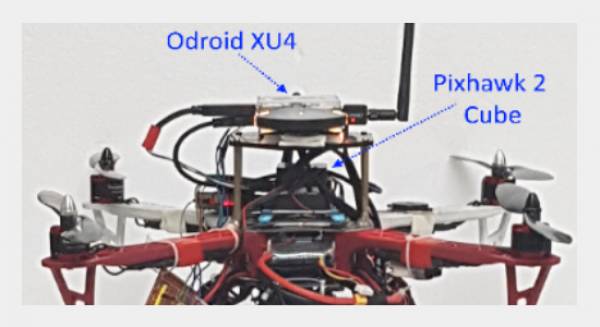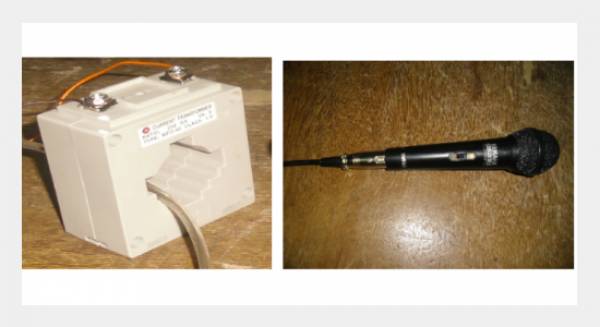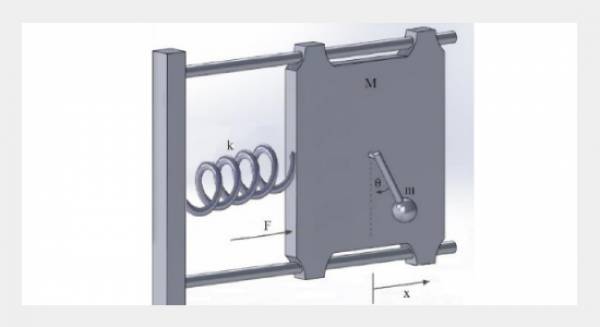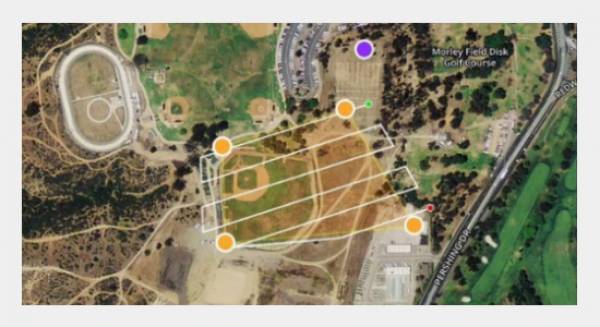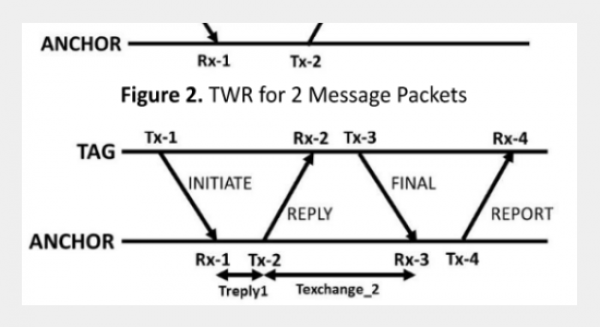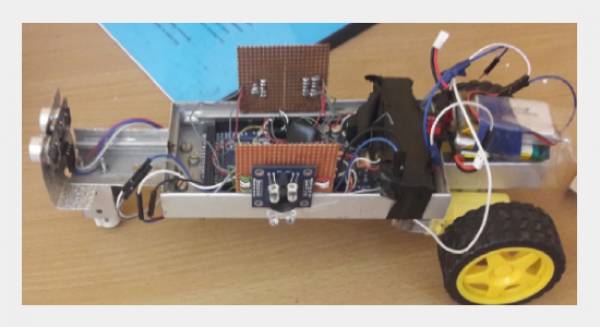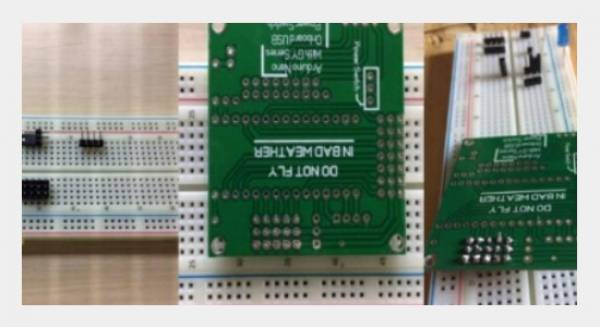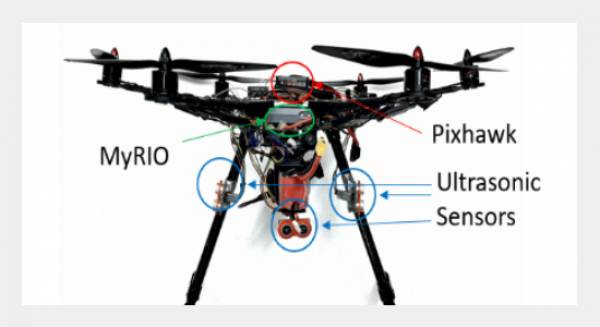M. K. M. Rahman1 1Department of EEE, United International University, Madani Avenue, Badda, Dhaka, Bangladesh
Download Citation:
|
Download PDF
Early detection of motor faults can save the motor from subsequent deterioration into more severe conditions, and thus can save lot of maintenance costs. In this work, we have developed automatic motor fault detection system based on artificial neural-network (ANN) using two basic signals: current and sound. Motor condition is captured through current and sound signals which are then preprocessed, and a compressed feature vector is created in their frequency domain. Feature vectors from different motor conditions are used to train a neural network (NN). Once the training is done, the NN-system is ready to monitor motor health condition. Our experimental results show that our NN-based system can successfully detect different motor faults unto 99% accuracy. Both current and sound signals are thoroughly compared under different operating conditions of motors, where both single and three phase motors are considered. The hardware of the system comprised of low-cost CT (current transformer) and microphone that leads to a very cost effective solution. Detailed comparative results are presented that show the suitability of current, sound and their hybrid signal in different scenario. The robustness of the system is evaluated under different conditions such as environmental noise and system’s parameters.ABSTRACT
Keywords:
Motor Faults, Fault Detection, Current & Sound Analysis, Neural Network
Share this article with your colleagues
[1] El Hachemi Benbouzid M (2000) A review of induction motors signature analysis as a medium for faults detection. IEEE Transactions on Industrial Electronics 47: 984-993. https://doi.org/10.1109/41.873206 [2] Vas P (1993) Condition Monitoring and Diagnosis of Electrical Machines. NewYork, Clarendon Press, Oxford. [3] Leonhardt S, Ayoubi M (1997) Methods of fault diagnosis. Control Engineering Practice 5(5): 683-692. https://doi.org/10.1016/S0967-0661(97)00050-6 [4] Gao XZ, Ovazska SJ (2001) Soft Computing Methods in Motor Fault Diagnosis. Applied Soft Comp 1:73-81. https://doi.org/10.1016/S1568-4946(01)00008-4 [5] Subhasis N, Toliyat HA (1999) Condition Monitoring and Fault Diagnosis of Electrical Machines- a Review. Industry Applications Conference, Thirty-Fourth IAS Annual Meeting. 1: 197-204. [6] Djeddi M, Granjon P, Leprettre B, (2007) Bearing Fault Diagnosis in Induction Machine Based on Current Analysis Using High-Resolution Technique, IEEE International Symposium on Diagnostics for Electric Machines, Power Electronics and Drives, pp 23-28. https://doi.org/10.1109/DEMPED.2007.4393066 [7] Aravindh KB, Saranya G, Selvakumar R, Swetha SR, Saranya M, Sumesh EP (2010) Fault detection in Induction motor using WPT and Multiple SVM. International Journal of Control & Automation 3:3-9. [8] Ilonen J, Kamarainen JK, Lindh T, Ahola J, Kälviäinen H, Partanen J (2005) Diagnosis tool for motor condition monitoring. IEEE Transactions on Industry Applications 41(4):963-971. https://doi.org/10.1109/TIA.2005.851001 [9] Thomson WT, Fenger M (2004) Current signature analysis to detect induction motor faults. IEEE Industry Applications Magazine 7:26-34. https://doi.org/10.1109/2943.930988 [10] Acosta GG, Verucchi CJ, Gelso ER (2006) A current monitoring system for diagnosing electrical failures in induction motors. Mechanical Systems and Signal Processing 20:953-965. https://doi.org/10.1016/j.ymssp.2004.10.001 [11] Lee YS, Nelson JK, Scarton HA, Teng D, Azizi- Ghannad S (1994) An acoustic diagnostic technique for use with electric machine insulation. IEEE Transactions on Dielectrics and Electrical Insulation 1(6):1186-1. https://doi.org/10.1109/94.368645 [12] Shiroishi J, Li Y, Liang S, Kurfess T, Danyluk S (1997) Bearing Condition Diagnostics Via Vibration and Acoustics Emission Measurements. Mechanical Systems and Signal Processing 11(5):693-705. https://doi.org/10.1006/mssp.1997.0113 [13] Mechefske CK, Mathew J (1992) Fault detection and Diagnosis in Low speed Rolling Element Bearings. Mechanical Systems and Signal Processing 6(4):297-307. https://doi.org/10.1016/0888-3270(92)90032-E [14] Onel IY, Benbouzid MEH (2007) Induction Motors Bearing Failures Detection and Diagnosis: Park and Concordia Transform Approaches Comparative Study. In Proc. of IEEE InternationalElectric Machines & Drives Conference, IEMDC '07, vol 2, pp 1073-1078. https://doi.org/10.1109/IEMDC.2007.382825 [15] Rahman MKM, Azam T, Saha SK (2010) Motor fault detection using vibration patterns. In Proc. of International Conference on Electrical and Computer Engineering (ICECE) 2010, pp 486-489. https://doi.org/10.1109/ICELCE.2010.5700735 [16] Negrea M, Jover P, Arkkio A (2005) Electromagnetic flux-based condition monitoring for electrical machines. In Proc. of 5th IEEE International Symposium on Diagnostics for Electric Machines, Power Electronics and Drives, pp 1-6. https://doi.org/10.1109/DEMPED.2005.4662506 [17] Nandi S, Bharadwaj RM, Toliyat HA (2002) Performance analysis of a three-phase induction motor under mixed eccentricitycondition. IEEE Transaction on energy conversion 17(3):392-399. https://doi.org/10.1109/TEC.2002.801995 [18] Gnacinski P (2008) Effect of unbalanced voltage on windings temperature, operational life and load carrying capacity of induction machine. Energy Conversion and Management 49(4):761-770. https://doi.org/10.1016/j.enconman.2007.07.033 [19] Thomson WT, Fenger M (2005) Current signature analysis to detect induction motor faults. IEEE Industry Applications Magazine 7:26-34. https://doi.org/10.1109/2943.930988 [20] Rong-Ching W, Jong-Ian T, Ching-Tai C, Chen-Sen O (2010) Detection of induction motor operation condition by acoustic signal. IN Proc. of 8th IEEE International Conference on Industrial Informatics (INDIN), pp 792-797 [21] Al-Balushi KR (2002 ) Gear fault diagnosis using energy-based features of acoustic emission signals. In Proc. of the Institution of Mechanical Engineers, Part I: Journal of Systems and Control Engineering, vol 216, pp 249-263. https://doi.org/10.1177/095965180221600304 [22] Chow MY (1997) Methodologies of using Neural Network and Fuzzy Logic Technologies for motor Incipient Fault Detection. World Scientific Publiccation Co. Pvt. Ltd. https://doi.org/10.1142/3596 [23] Izzet Y, Önel K, Dalci B, Senol İ (2006) Detection of bearing defects in three-phase induction motors using Park's transform and radial basis function neural networks. Sadhana-academy Proceedings in Engineering Sciences, vol 31(3), pp 235-244. https://doi.org/10.1007/BF02703379 [24] Ocak H, Loparo KA (2001) A new bearing fault detection and diagnosis scheme based on hidden Markov modeling of vibration signals. IN Proc. of IEEE International Conference on Acoustics, Speech, and Signal Processing (ICASSP '01), vol.5, pp 3141-3144 [25] Bacha K, Henao H, Gossa M, André G (2008) Induction machine fault detection using stray flux EMF measurement and neural network-based decision. Electric Power Systems Research 78(7): 1247-1255. https://doi.org/10.1016/j.epsr.2007.10.006 [26] Thollon F, Grellet G, Jammal A (1993) Asynchronous motor cage fault detection through electromagnetic torque measurement. European Transactions on Electrical Power Engineering 3:375-378. https://doi.org/10.1002/etep.4450030509 [27] Filho ER, Riehl RR, Avolio E (1994) Automatic three-phase squirrelcage induction motor test assembly for motor thermal behavior studies. In Proc. of the IEEE International Symposium on Industrial Electronics(ISIE '94), pp 204-209REFERENCES
ARTICLE INFORMATION
Received:
2019-04-07
Revised:
2019-09-28
Accepted:
2021-02-16
Available Online:
2021-07-01
M. K. M. Rahman. (2021) Motor Fault Detection using Current and Sound: A comparative Study. Int. j. autom. smart technol. https://doi.org/10.5875/ausmt.v11i1.2151
Cite this article:
Copyright The Author(s). This is an open access article distributed under the terms of the Creative Commons Attribution License (CC BY 4.0), which permits unrestricted use, distribution, and reproduction in any medium, provided the original author and source are cited.



